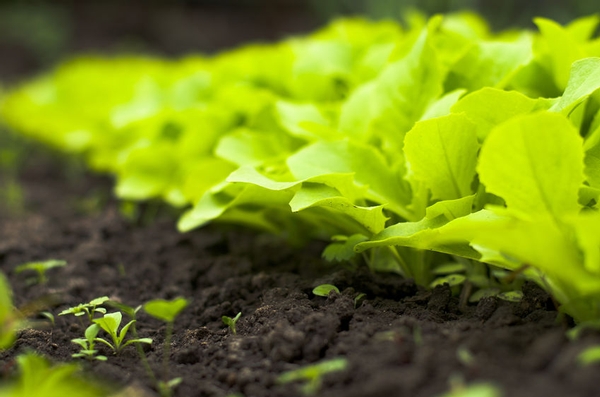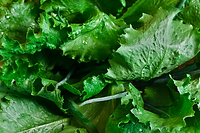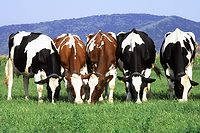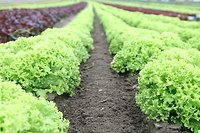Three separate Escherichia coli O157:H7 outbreaks tied to romaine lettuce grown in the Salinas, CA, growing region have officially been declared over, according to press releases issued by the U.S. Food and Drug Administration (FDA) and the U.S. Centers for Disease Control and Prevention (CDC). Consumers are no longer being advised to avoid romaine lettuce from Salinas as the growing season for that region is now over.
It was reported in mid-December 2019 that public health experts were investigating three separate outbreaks caused by three different strains of E. coli O157:H7. During that traceback, investigators were able to identify a common grower between each of the three outbreaks based on available supply chain data. That grower has not been publicly named.
Despite a common grower being identified, health officials say that romaine lettuce from this grower does not explain all of the illnesses seen in these outbreaks.
Here is a breakdown of the three outbreaks:
Outbreak #1:
This multistate outbreak sickened 167 people in 27 states.
Outbreak #2
This multistate outbreak sickened 10 people in 5 states and was linked to some Fresh Express salad kits.
Outbreak #3:
This outbreak occurred in Washington state and sickened 11 people.
The last reported illness in all three of these outbreaks occurred on December 21st.
The Investigation
Traceback investigators combed through hundreds of supply chain records to find a common grower with multiple fields. They were able to narrow down their search to at least 10 fields in the lower Salinas Valley.
FDA, CDC, the California Department of Food and Agriculture, and the California Department of Public Health visited several of the 10 fields, collecting water, soil, and compost samples. So far, all sample results have been negative for all three outbreak strains of E. coli O157:H7. However, investigators did find a strain of E. coli that is unrelated is any of the outbreak illnesses. That strain was found in a soil sample taken near a run-off point in a buffer zone between a field where product was harvested and where cattle are known to occasionally graze.
Although the outbreaks are over, the investigation, including an in-depth root-cause investigation is ongoing to find the source(s) of contamination.
Sign up for Food Safety Magazine’s bi-weekly emails!
Subscribe to our podcast: Food Safety Matters!




